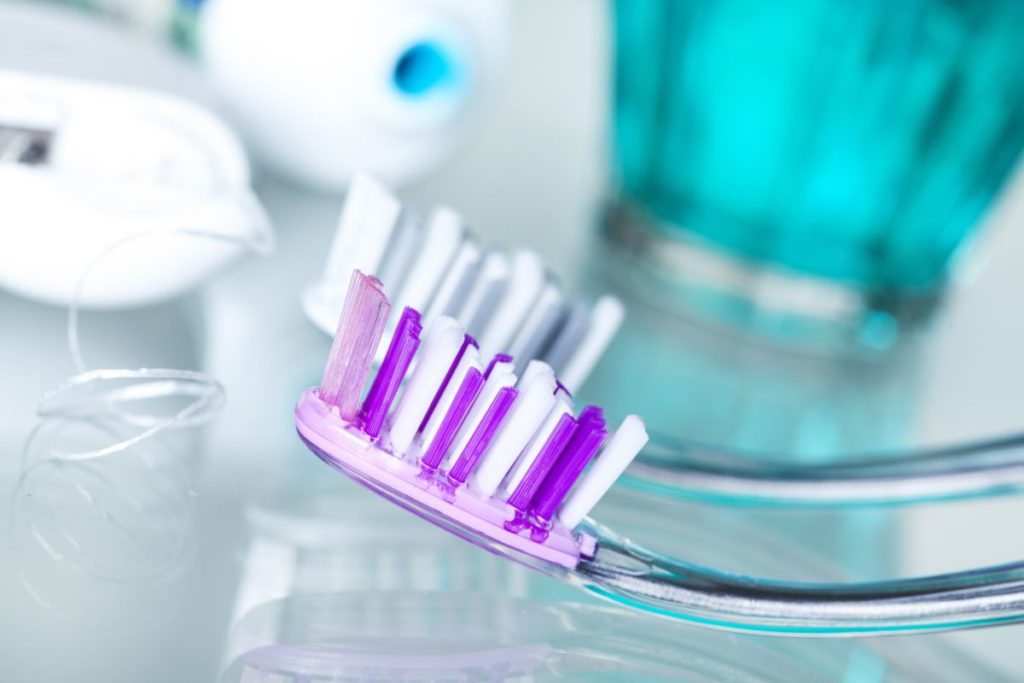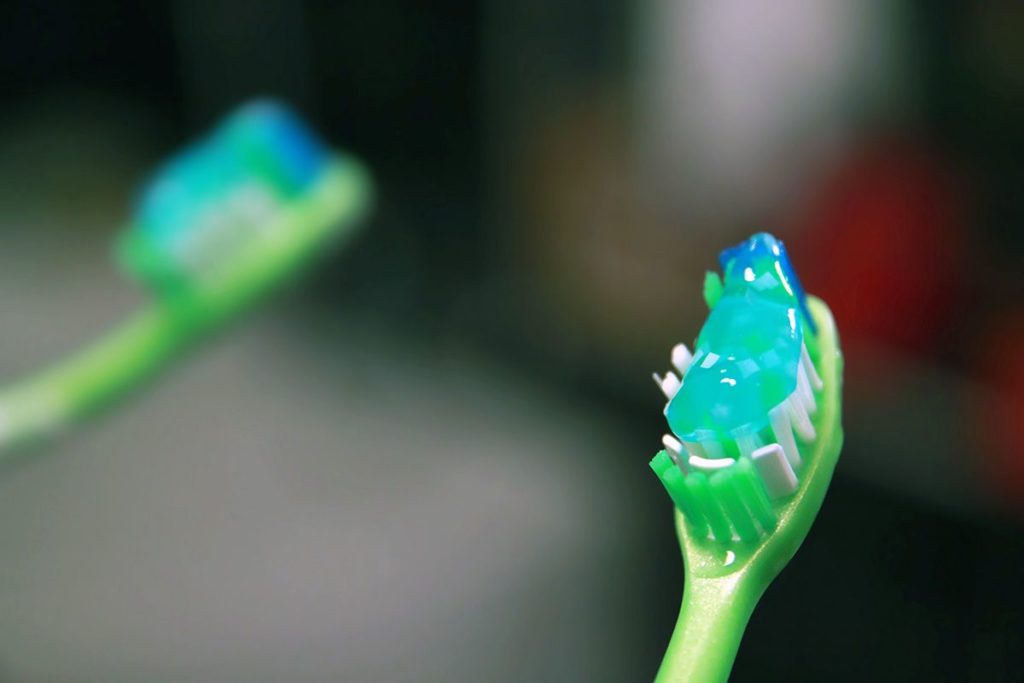Keeping your teeth clean is essential to your oral health as well as your overall health. As soon as teeth grow in, we start the work of taking care of them. One of the building blocks of healthy teeth is an effective toothbrush. But have you ever stopped to think about how to choose the right toothbrush? It’s so common that many people haven’t. They either use the one their dentist gives them or pick one they like of the look or the price. With all of the different toothbrushes options, you’re likely to see in every store, it’s worth learning about the factors that actually make a difference in your mouth’s health.
Toothbrush Basics
Your toothbrush has a simple job: it needs to scrub the plaque and bacteria off of your teeth and gums before they damage the enamel or cause gum disease. Simple, right? But, not every toothbrush does this in the same way. Here are some differences to consider:
Bristles
Toothbrushes are available with soft, medium, and hard bristles, and well as rounded and unrounded bristles. You may think that hard bristles will get your teeth cleaner, but they can actually clean too much. If your bristles are too hard and your brush aggressively and apply a lot of pressure, you can actually scratch and damage your tooth enamel. It can also cause your gums to recede. It doesn’t actually take a lot of pressure to get plague off of your teeth, so for most people, soft, rounded bristles are the best option. They’ll get your teeth clean without doing more harm than good.
Size and Shape
A toothbrush should be able to comfortably reach every part of your unique mouth. For instance, a brush that’s too big won’t be able to reach the back of your teeth and mouth, where bacteria can flourish. Most people find that a brush head that is an inch long and half an inch wide is comfortable and easy to use, though some people may prefer a smaller brush. The handle should also be comfortable in your hand.
Professional endorsement
Not all toothbrushes hanging next to each other in the store are the same. When you’re choosing a toothbrush, always look for the ADA Seal of Acceptance. This seal signifies that the ADA Council on Scientific Affairs has evaluated the brush to make it’s safe and effective. This means that the bristles won’t fall out and the handle won’t break. And of course, it will keep your teeth clean when used correctly, reducing the risk of developing cavities and gum disease. Dr. Edwards and Dr. Price are also happy to make a recommendation.

Electric Toothbrushes vs. Manual
The good news is that as long as your toothbrush is approved by the ADA, they can clean your teeth effectively. You’re not necessarily missing out by choosing a manual toothbrush instead of an electric one, or vice versa. However, many people find they enjoy using one more than the other. Ultimately, the best toothbrush is the one you actually use. Some people can benefit from an electric toothbrush, such as those who have mobility problems that affect their ability to hold and move a toothbrush. Patients with arthritis, muscle tremors, or children who are still working on developing their fine motor skills may find it easier to get their teeth clean with the help of an electric toothbrush.
Even without these considerations, you may find that you prefer electric toothbrushes because of these features:
- Pressure sensors: If you have sensitive teeth, you may appreciate a brush that lets you know if you’re pressing too hard.
- Different brush settings: some electric toothbrushes come with brush settings such as, rotary, where the head rotates in only one direction, counter-rotational, where the head rotates in various directions, rotating-oscillating, which allows different lengths of bristles to turn in opposite directions, and oscillating-pulsating, which adds a pulsating motion to the oscillatory motion
- Timers: Many newer toothbrushes include a timer to help you make sure that you’re brushing your teeth as long as you should be. You probably know that you should brush your teeth for at least 2 minutes, but did you know that the average time most people brush their teeth for less than a minute. If you’re one of those people, this could be a huge advantage.
- Easier brushing with braces: Brushing your teeth with braces on can be a hassle, but electric toothbrushes can do some of the hard work for you. Since the brush head is moving faster, it’s easier to dislodge any trapped food or bacteria without any complicated maneuvers.
Replacing Your Toothbrush
Knowing when to replace your toothbrush is almost as important as choosing the right one in the first place. The American Dental Association recommends replacing your toothbrush every 3-4 months. At this point, it will probably be clear that the bristles are no longer upright, but instead are worn and out of shape. This can actually damage your teeth or cause them to be more sensitive. How thorough you are when your brush is much more important than how hard you brush, so remember to use gentle, circular motions when cleaning your teeth.
Most toothbrushes actually have a built-in indicator to let you know when you should replace your brush. Ever notice how some of the bristles are colored at the end? Once that color fades, you know it’s time to update your routine. It’s also a good idea to add toothbrush replacements to your calendar, so you don’t forget when they need to switch out.
Remember to replace your toothbrush after an illness. Bacteria from sickness can linger in your toothbrush bristles, so you should always replace it after recovering from a cold, virus, or flu. Replacing your toothbrush promptly prevents bacteria from being reintroduced, so you don’t get sick again with the same thing.

A Healthy Toothbrush Leads to A Happy Life
The tips above will help set you up for success. Choosing the right tools makes any job easier, including your oral hygiene routine. If you have questions about choosing the right toothbrush, ask any member of the Scott Edwards, DDS team at your next visit. If it’s been a while since you’ve seen us schedule an appointment to keep your smile happy and healthy all year long.
